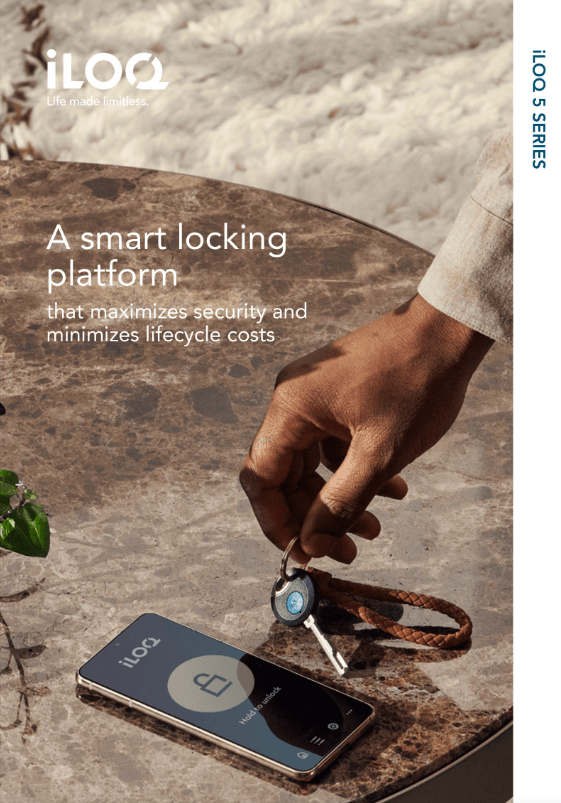What are the benefits of electronic locks?
Electronic locks offer numerous advantages over traditional mechanical locks, providing enhanced security, convenience, and flexibility. One of the primary benefits is the ability to manage access rights digitally, allowing for easy updates or revocation without needing to replace physical keys. Lost keys no longer pose a major security risk, and with features like audit trails and remote access control, you can monitor and manage entry points in real-time. Additionally, electronic locks are more resistant to unauthorized duplication, making them a smart choice for both residential and commercial properties looking to upgrade their security systems.
The evolution of locks and the rise of electronic locks
As humans, we have an inherent need to protect our homes, families, and assets. In Maslow’s hierarchy of needs, safety ranks as one of the most basic human requirements. This need for security gave rise to the first locks over 6,000 years ago. Over the centuries, locks evolved, culminating in today’s electronic door locks, which offer enhanced security and functionality.
Unlike the mechanical locks of the past, electronic locks represent a major leap forward in security technology, providing features that traditional locks simply cannot offer.
How do electronic locks work?
Electronic locks — sometimes referred to as electronic entry systems or digital locks — operate through an electric current and can either be standalone systems or connected to a broader electronic door entry system. Some systems are powered by a direct electrical supply, while others, such as those produced by companies like iLOQ, harvest kinetic energy when the key is inserted, or use the induction from an NFC-enabled smartphone.
This modern approach to electronic door lock systems not only reduces installation complexity but also cuts down on maintenance requirements and lowers long-term costs. Additionally, these systems are often more environmentally friendly, as they eliminate the need for batteries and cables, reducing hazardous waste.
Smarter electronic locks without batteries
Download our free 5 Series brochure and discover innovative and sustainable locking solutions!

One of the primary benefits of smart locks is the additional functionality they provide over traditional locks. Some of the most valuable features include:
Key features of electronic locks
Enhanced security
Data between the key and the electronic lock system is transmitted with advanced encryption, making unauthorised access highly difficult.
No duplicate keys
Copies of keys cannot be made. Instead, every key is identical, with access rights programmed to each one individually, ensuring greater control over who has access.
One key for all
With electronic key locks, a single key or smartphone can hold access rights for multiple locks, reducing the need to carry large keyrings or even physical keys at all.
Lost keys are not a problem
Should a key be lost or stolen, the access rights associated with it can be removed from the system remotely, preventing unauthorised access.
Dynamic access rights
The access rights for electronic locks can be easily updated or revoked via the administration software, allowing for quick adjustments without needing to replace physical keys.
Remote control
Some electric lock systems can be connected to a network, allowing for remote updates and the ability to manage mobile access from anywhere.
Audit trails
An audit trail shows exactly who used the key, when, and where, offering invaluable information in case of security breaches or incidents of misuse.
Why choose electronic locks for your business?
The added functionality and control provided by electronic door locks make them an excellent choice for both residential and commercial properties. Whether you are securing your front door with a best electronic lock for front doors or managing multiple access points in a commercial building, these systems offer significant advantages over traditional locks.
Choosing the right electronic door lock system or electronic entry door lock can increase your peace of mind, knowing that your assets are protected with advanced technology that reduces the risks of unauthorised access.

















